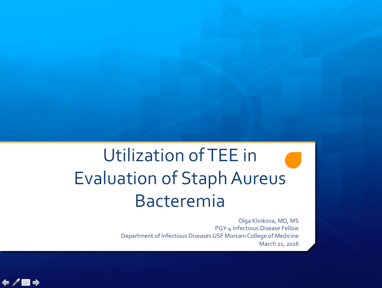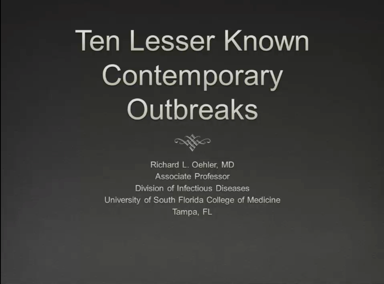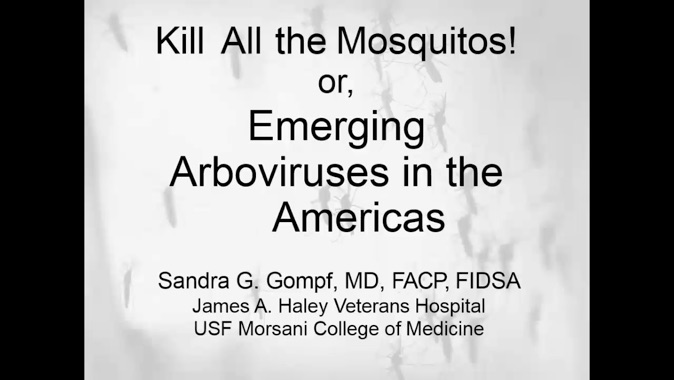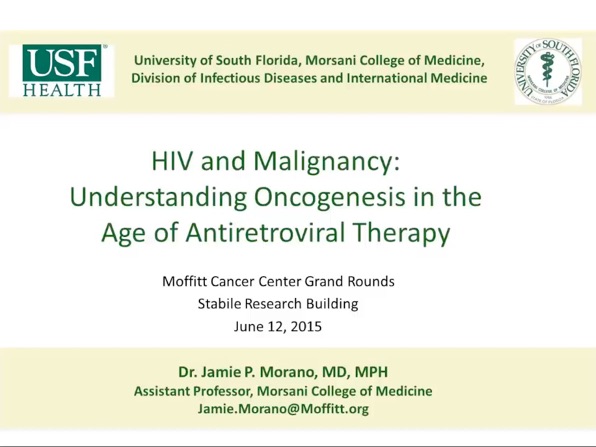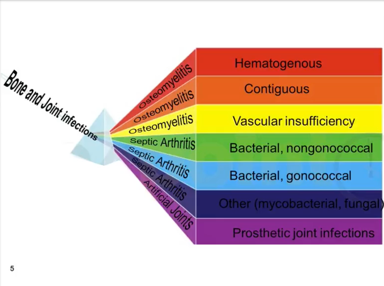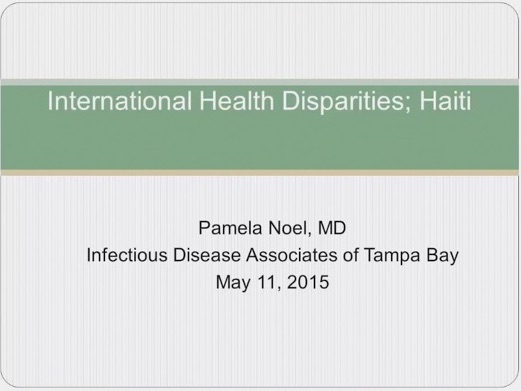The specific infections associated with aquatic activity are reviewed and explored. Examples include Vibrio vulnificus, Mycobacterium marinum, Plesiomonas, Aeromonas, Cnidarial Seabather’s eruption, Lobomycosis, and others. Risk factors, clinical manifestations, and treatment are also reviewed.
Archives
Using Echocardiography in Staphylococcus Aureus Bacteremia
Top Ten Lesser Known Contemporary Outbreaks
In a question and answer format, Dr. Oehler covers 10 recent outbreaks that are lesser known, either because of their regional nature, small number of cases, or simply because they lack a well-known champion. Examples of these include the Heartland virus, Australian Bat Lyssavirus, and Enterovirus 068.
Zika and Emerging Arboviruses in the Americas
Dr. Sandra Gompf highlights the recent emergence of several mosquito-borne arboviruses in the Caribbean and South American continent, including Dengue virus, Chikungunya, and Zika virus. In particular, she examines Zika and the factors responsible for its development on our continent. Dr. Gompf also discusses Zika epidemiology, risk factors, clinical manifestations, treatment, and prevention.
Cholera
HIV and Malignancy: Understanding Oncogenesis in the Age of ART
A Primer on Respiratory Infections in the Immunosuppressed
Invasive Fungal Infections in the Immunocompromised Host
Dr. Aliyah Baluch focuses on the work-up and treatment of invasive fungal infections in the immunosuppressed patients. Fungal infections have high morbidity and mortality, but can be hard to clinically diagnose. Invasive infections occur in ICU, Diabetes Mellitus, and immunocompromised patients. Dr. Baluch covers both aspects of Candida and non-Candida species infections, including risk factors, symptoms, prognosis, work-up, and treatment in patients with immunosuppressed patients. She includes a review of fungal structure and the mechanism of action of the drug classes used to treat them – Echinocandins, Polyenes, and Triazoles. She covers timelines that indicate which species to expect during each stage of immunosuppression and with different mechanisms of immunosuppression, including differences between stem cell and solid organ transplants. Biomarkers for treatment and international patterns of drug resistance are also discussed.
Overview of Bone and Joint Infections
Yanina Pasikhova, clinical pharmacist at Moffitt Cancer Center, presents this talk about bone and joint infections – osteomyelitis, septic arthritis, prosthetic joint infection. Ms. Pasikhova goes over case studies while focusing on different organisms expected in acute vs. chronic infections, route of infections, indications for empiric treatment, and work-up for infections. Infections can occur via hematogenous spread due to risk factors like IV Drug Use, hemodialysis, or immunocompromise, or contiguous from surgery, open fractures, burns, and soft tissue infections. She discusses diagnostics, including best practices for cultures, and indications for imaging studies. Finally, she discusses treatment – while there are no official guidelines for Osteomyelitis, but historically IV antibiotics are used. She reviews the literature which compares oral and IV antibiotics and which antibiotics should be used for different infections.
International Health Care Disparities
Dr. Pamela Noel speaks about infectious disease healthcare in Haiti, including HIV, Tuberculosis, and the effects of the recent earthquake and cholera outbreak in the setting of poverty. She touches on the structure of the country’s education and healthcare systems and economy – Haiti is the poorest nation in the Americas, with 80% of the population living under the poverty line, while 80% of the country’s college graduates leave the country. The healthcare system is mostly located in the capital city of Port-au-Prince, with most of the population having very limited access to care. Dr. Noel talks about the epidemiology behind, causes of premature deaths, HIV and TB in Haiti, as well as current and future efforts to control the infections. She goes on to speak about the damage to the infrastructure due to the 2010 Haiti Earthquake, aid efforts, and continuing aftereffects, especially the increase in MDR TB and the cholera outbreak.

